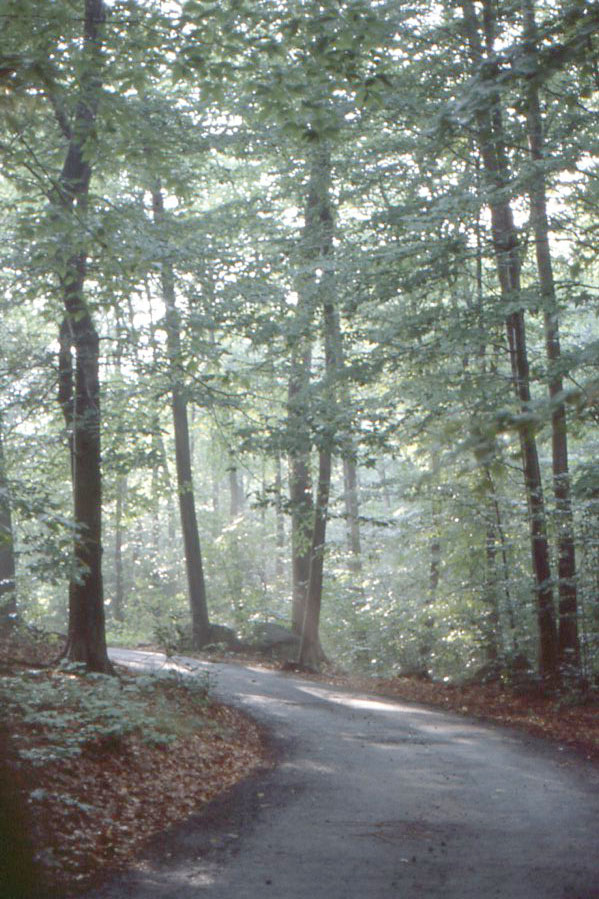 I’ve always been uncomfortable about the passage of time. Nevertheless, I remember as a child debating with my sister about the wooden grandfather clock in my grandparents’ kitchen. It chimed on the quarter, half hour and hour. Would she inherit it or would I? Even then I knew it wasn’t worth much—it came straight from a Sears catalogue. As it turned out, we were both busy somewhere else in the world when my grandparents moved to Assisted Living. I don’t know what became of the clock.
I’ve always been uncomfortable about the passage of time. Nevertheless, I remember as a child debating with my sister about the wooden grandfather clock in my grandparents’ kitchen. It chimed on the quarter, half hour and hour. Would she inherit it or would I? Even then I knew it wasn’t worth much—it came straight from a Sears catalogue. As it turned out, we were both busy somewhere else in the world when my grandparents moved to Assisted Living. I don’t know what became of the clock.
Watches and clocks are wonderful machines. There’s something intensely lovely and human about them. Which is surprising when I think about it. Time isn’t a warm, cozy phenomenon. It measures the beginning and ending of everything. It’s a source of hope and a harbinger of death. And still, I like clocks.
Clocks age gracefully. But I just read about a ten thousand year old clock. Unimaginable. Ten thousand years ago were there any clocks of any kind? Were there numbers to measure time? Were there people to measure it? About six thousand years ago, people were only beginnning to read and write. Eleven, maybe twelve, thousand years ago they made their first tentative beginnings at tilling the land. Who knows?
But the 10,000-year-old clock that I’m talking about is a work in progress. The largest clock ever made—with gears of stainless steel, titanium and something called silicon nitride—it will be tucked down a long stone tunnel chiseled into limestone on a stretch of West Texas desert. “Over the course of its 10,000-year life span, it will be able to power itself enough to keep time, synchronize that timekeeping with the sun, and randomly generate unique melodies on its chimes so that visitors will never hear the same tune twice. And it will do so entirely without electricity.” All of this from a technological journal.
The geeks building this long-living clock are searching out possibilities and materials that will withstand weather and the millenia. For example, the clock doesn’t tick every second; it works in ten second units, which should extend its life by a factor of ten.
In an age where speed reigns supreme, where everything happens more and more quickly, the clock is about the long term. One of the clock’s inventors, electrical engineer Danny Hills, built his career on making fast machines. …. He was struck by evidence that our increasingly accelerated culture is eroding our ability to think about the future. Building an ageless clock was a way to bring long-term thinking back. …. the world needs to learn to think long term or risk failing to appreciate century-spanning problems like climate change and deforestation.
Ironically, one of the creators of the project and its major funder is Jeff Bezos, the billionaire founder and head of Amazon
.
I’ve been trying to think about this incredible clock ever since I read about it. It isn’t, of course, the first monument meant to last for many millenia. The pyramids, Stone Henge… The difference, it seems to me, is that they were built for religious reasons, and they were meant to be forever. The reason for this clock is of our time and deeply secular. The clock has an expiration date. The reason for its creation is about what humans must do for themselves.
I try to imagine what the world will be like in ten thousand years. Cultural changes are accelerating. Today, even a century means change that is unimaginable.
Most of all, I wonder why, even now, I find the idea of the clock charming, warming, a little whimsical, magical even. What is it about clocks anyway?













